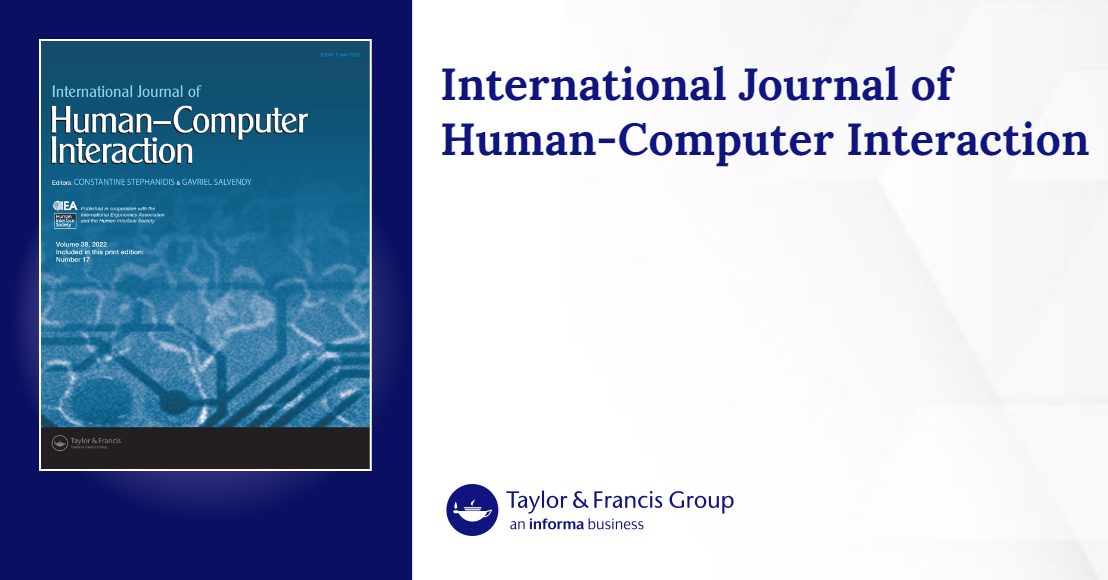
New Study Examines Managerial and Employee Perspectives on AI Integration in the Workplace
A recent study published in the Journal of Organizational Computing and Electronic Commerce explores the differing viewpoints of managers and employees regarding the integration of artificial intelligence (AI) within organizational settings. The research highlights the distinct expectations and concerns held by these two groups as AI technologies become more prevalent in the workplace.
Managerial Expectations and Perceived Benefits
The study found that managers generally express a positive outlook on AI integration, anticipating significant benefits for their organizations. Key expectations include enhanced efficiency, improved decision-making capabilities through data analysis, and the potential for AI to automate routine tasks, thereby freeing up human resources for more strategic activities. Managers are often focused on the strategic advantages and operational improvements that AI can bring to their teams and departments.
Employee Concerns and Adoption Challenges
Conversely, employees tend to exhibit a more cautious approach, often voicing concerns about the impact of AI on their roles and job security. While some employees acknowledge potential benefits such as reduced workload or the development of new skills, others express apprehension regarding job displacement, the need for retraining, and potential changes in workplace dynamics. The research indicates that employee adoption of AI tools can be influenced by these underlying concerns and the perceived support provided by the organization during the transition.
Bridging the Gap for Effective Implementation
The findings underscore a notable divergence in perspectives between management and employees concerning AI integration. Effectively implementing AI in the workplace necessitates addressing the concerns of employees while also capitalizing on the strategic vision of managers. This involves clear communication, adequate training and development programs, and a thoughtful approach to managing the human element of technological change.
In conclusion, the research reveals a disparity in how managers and employees perceive the integration of AI in the workplace. Managers are largely focused on the operational and strategic advantages, while employees often express concerns about job security and role transformation. Bridging this gap through strategic communication and support is crucial for successful AI adoption.